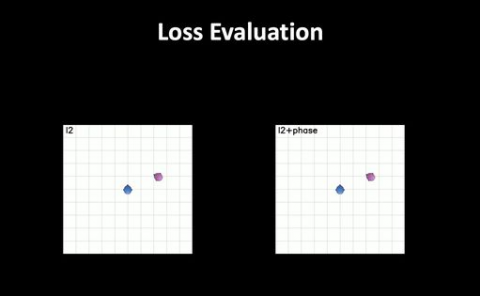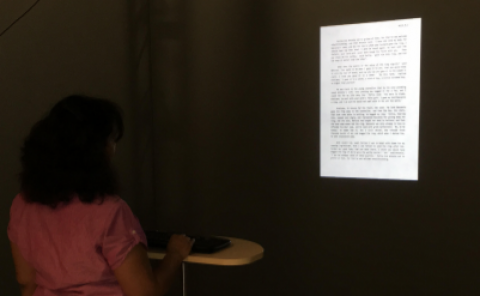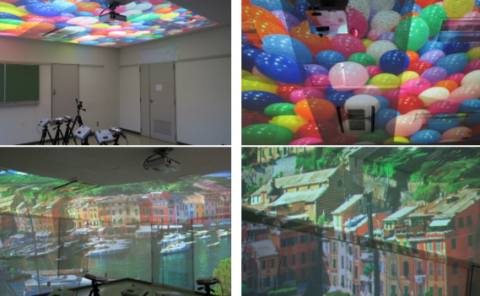Investigating Exit Choice in Built Environment Evacuation combining Immersive Virtual Reality and Discrete Choice Modelling
PubDate: Oct 2021
Teams: Massey University;University of Mons;RMIT University;Fire safety consulting sprl;The University of New South Wales
Writers: R Lovreglio, E Dillies, E Kuligowski, A Rahouti, M Haghani

Abstract
In the event of a fire emergency in the built environment, occupants face a range of evacuation decisions, including the choice of exits. An important question from the standpoint of evacuation safety is how evacuees make these choices and what factors affect their choices. Understanding how humans weigh these (often) competing factors is essential knowledge for evacuation planning and safe design. Here, we use immersive Virtual Reality (VR) experiments to investigate, in controlled settings, how these trade-offs are made using empirical data and econometric choice models. In each VR scenario, participants are confronted with trade-offs between choosing exits that are familiar to them, exits that are less occupied, exits that are nearer to them and exits to which visibility is less affected by fire smoke. The marginal role of these competing factors on their decisions is quantified in a discrete choice model. Post-experiment questionnaires also determine factors such as their perceived realism and emotion evoked by the VR evacuation experience. Results indicate that none of the investigated factors dominated the others in terms of their influence on exit choices. The participants exhibited patterns of multi-attribute conjoint decision-making, consistent with the recent findings in the literature. While lack of familiarity and the presence of smoke both negatively affected the desirability of an exit to evacuees, neither solely determined exit choice. It was also observed that prioritisation of the said factors by participants changed during the repeated scenarios when compared to the first scenario that they experienced. Results have implications for both fire safety designs and future VR evacuation experiment designs. These empirical models can also be employed as input in computer simulations of building evacuation.



